A tachogenerator is a small DC generator designed to output a voltage directly proportional to the speed of a rotating shaft.
These instruments are used to generate an analog electrical signal representing the rotary speed of a mechanism. An indicator is an instrument used to display a measured variable to a human.
A recorder is a similar instrument used to display a measured variable as a “trend” graph over time.
A Data Acquisition Unit (abbreviated DAQ) inputs one or more analog electrical signal and outputs a digital number representing those signals, essentially a set of analog-to-digital converters combined with digital networking circuitry.
DAQ units are often used in telemetry systems where various measurements must be taken and reported over long distances via a digital network such as Ethernet or radio. With these definitions in mind, examine the following pictorial diagram and explain the purpose of each component within the system:
Suppose the diesel engine happens to be running at full speed (2000 revolutions per minute, or 2000 RPM). Identify the amount of voltage we would expect to measure between the following pairs of points in the circuit at this engine speed:
Tachogenerator
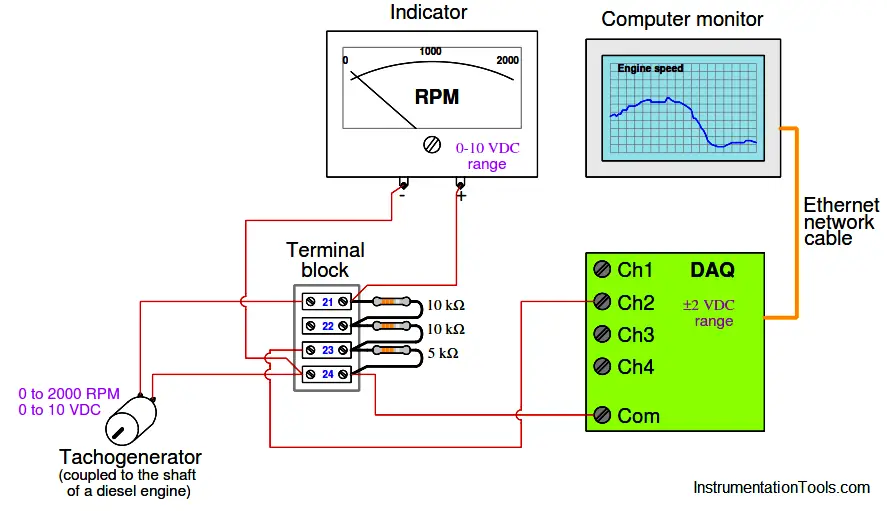 V21−24 = _____ volts
V21−24 = _____ volts
V22−COM = _____ volts
V24−COM = _____ volts
Share your answers with us through comments.
Credits: Tony R. Kuphaldt
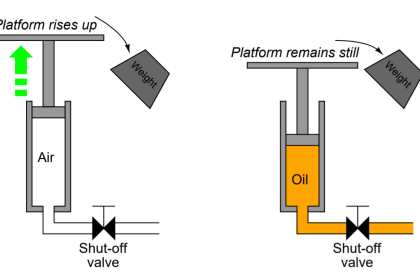
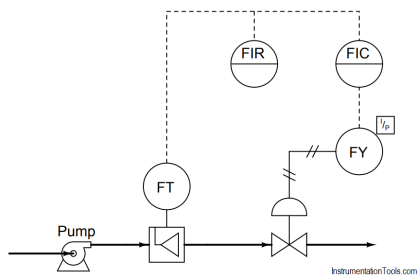
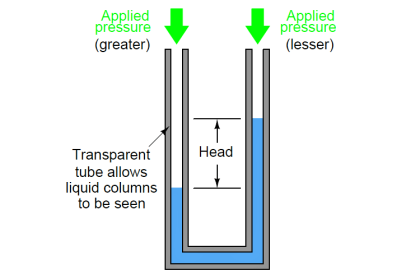
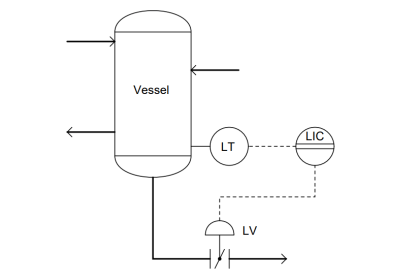


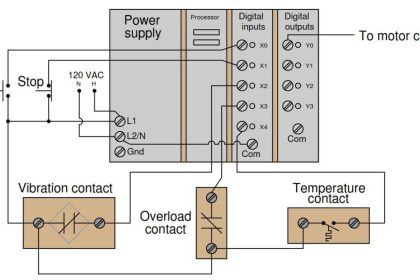
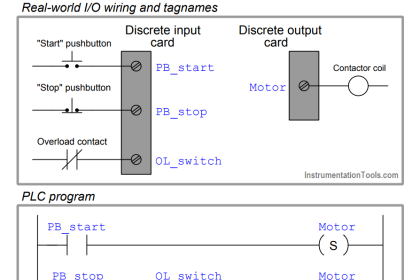



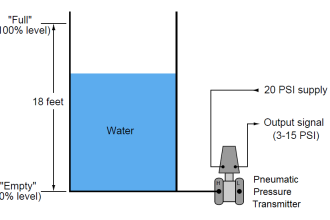
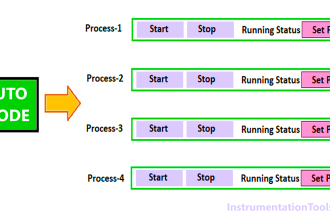




1. 8 volts
2. 4 volts
3. 0 volts